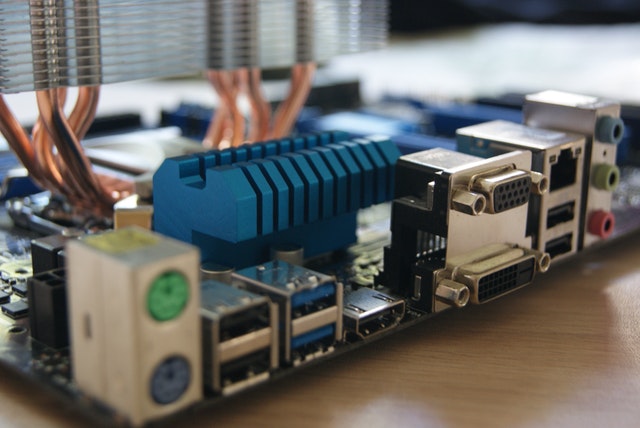Preparing for the CCIE lab exam can be a frightening and threatening experience especially for first-time CCIE test takers. Outside of the obvious of studying for your exams, you would know what to expect is a major aspect of the preparation process. Now that you’ve gone through all of the preliminaries, it’s time to move on to your exam essentials. There have been several changes in how the lab exam is now presented. Here are four major components which you are needed to take note of:
1. Unified CCIE Exam Topics.
In order to ensure that candidates prepare with a comprehensive understanding of each topic, you are required to combine the existing written and lab exam topics into one unified version, which could be done by some training institute for you. The Exam layout consists of three different modules: The Troubleshooting module, the Diagnostic module, and the Configuration module. Not all the exam tracks would be having the same layout. For instance, The CCIE Routing and Switching Lab exam would be consisting of a two-hour Troubleshooting section, a 30-minute Diagnostic section, and about five-and-a-half-hour Configuration section. Candidates may choose to borrow up to 30 minutes from the Configuration section to use it in the Troubleshooting module. Each exam might be laid out differently and may not even consist of all three modules. One layout might contain only a single Configuration module like the CCIE Collaboration; whereas the CCIE Data Center and CCIE Wireless would have both a Diagnostic and Configuration layout, and the CCIE Security would be containing all three modules. Be sure you acquire the knowledge about how your upcoming lab exam will be laid out and how to navigate your exam before you would be entering the lab by visiting your specific exam topics and understanding how each module is going to be composed.
2. Troubleshooting Module:
This module would be delivering incidents that are independent of each other, meaning that the resolution of one incident isn’t going to depend on the resolution of another. On some lab exams, the candidate might be able to borrow up to 30 minutes from the Configuration module. You won’t be able to see the Configuration module at that point and cannot know where the extra time is going to be needed most.
3. Diagnostic Module:
The main objective of this module is to assess the skills that are required to properly diagnose network issues. There is no access to a console but instead, questions are presented in the form of troubleshooting tickets that would require you to answer the close-ended questions in the form of multiple choice, drag-and-drop, and point-and-click diagrams. Here you may also have to analyze data for understanding the root cause of an issue, and you would also be provided with a set of documentation that represents a snapshot of a realistic scenario where a network engineer might have to investigate an issue. You may be also required to provide a root cause analysis to a customer, helping a colleague who is stuck in a troubleshooting process, or summarizing the previous investigation steps.
4. Configuration Module:
This module setup strongly impersonates an actual production environment. You might be tasked to work on virtual instances of Cisco appliances and even work with the physical devices.
Now if you have excelled yourself in the above-mentioned module, you could easily pass the exam of the CCIE Lab in single attempt. But if you want to assure your success, you would be able to do that by joining the SPOTO Club, they provide you the passing guarantee and are quite successful training provider.

 Join Telegram Study Group ▷
Join Telegram Study Group ▷













